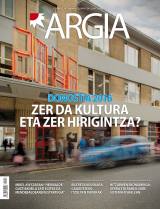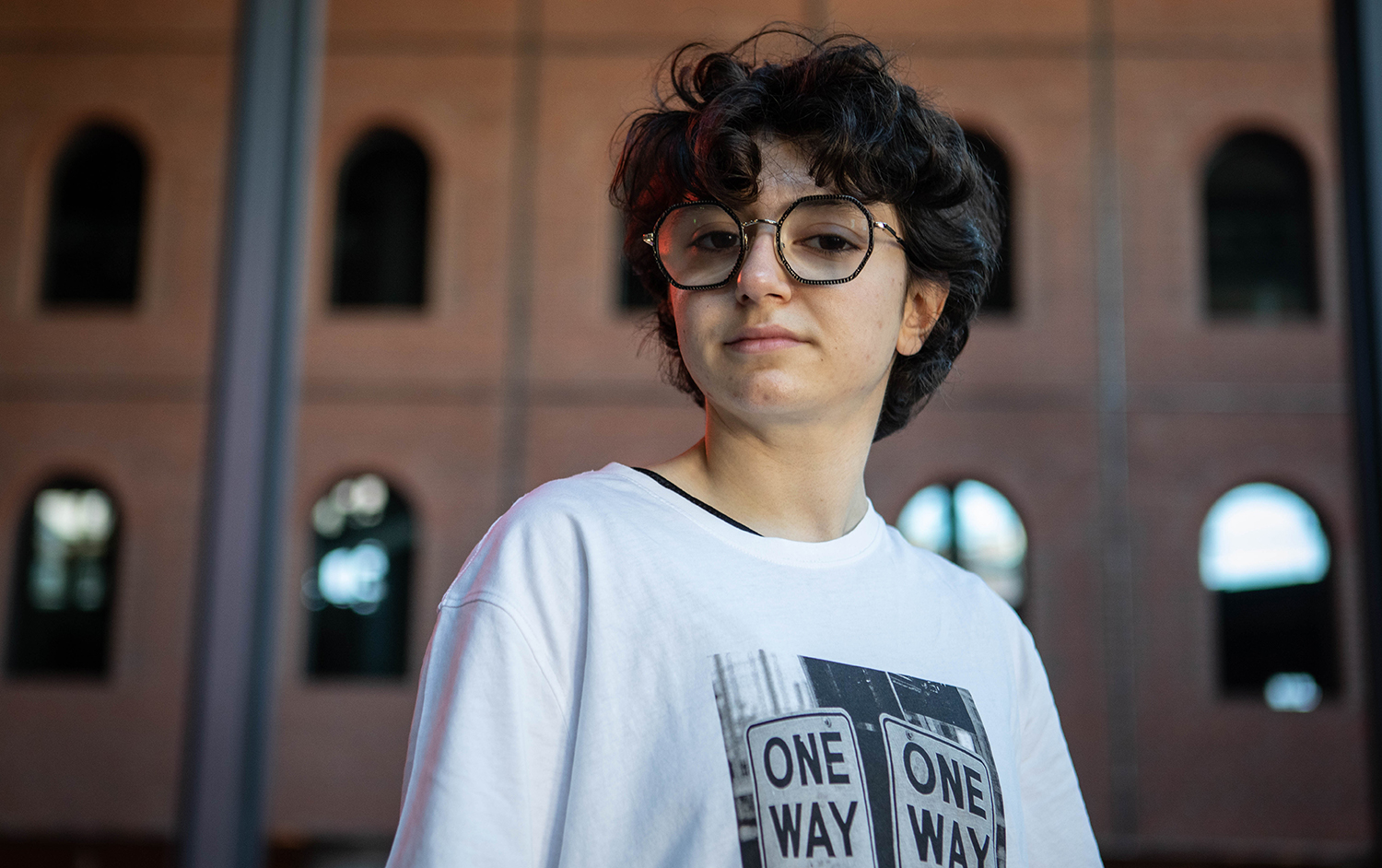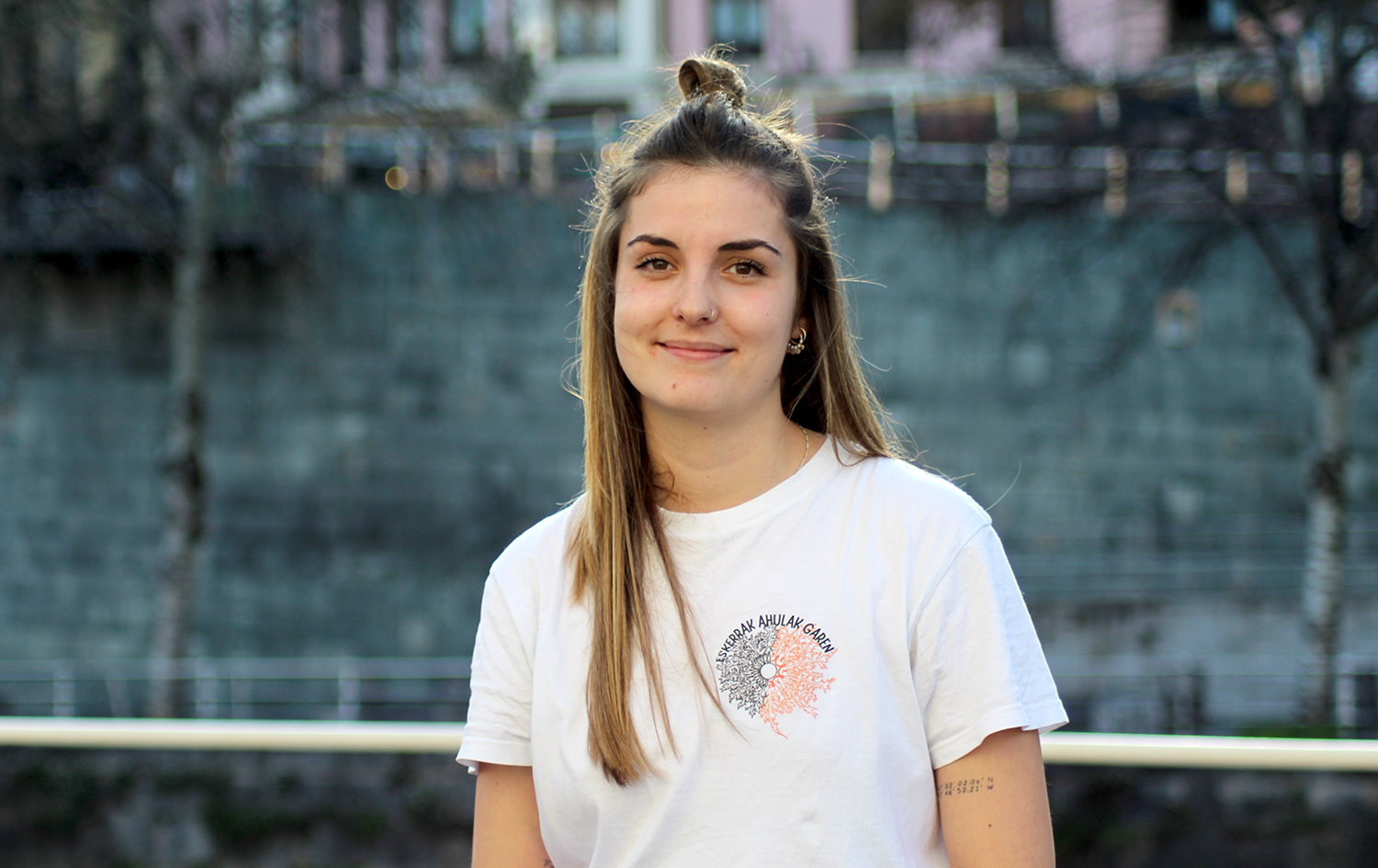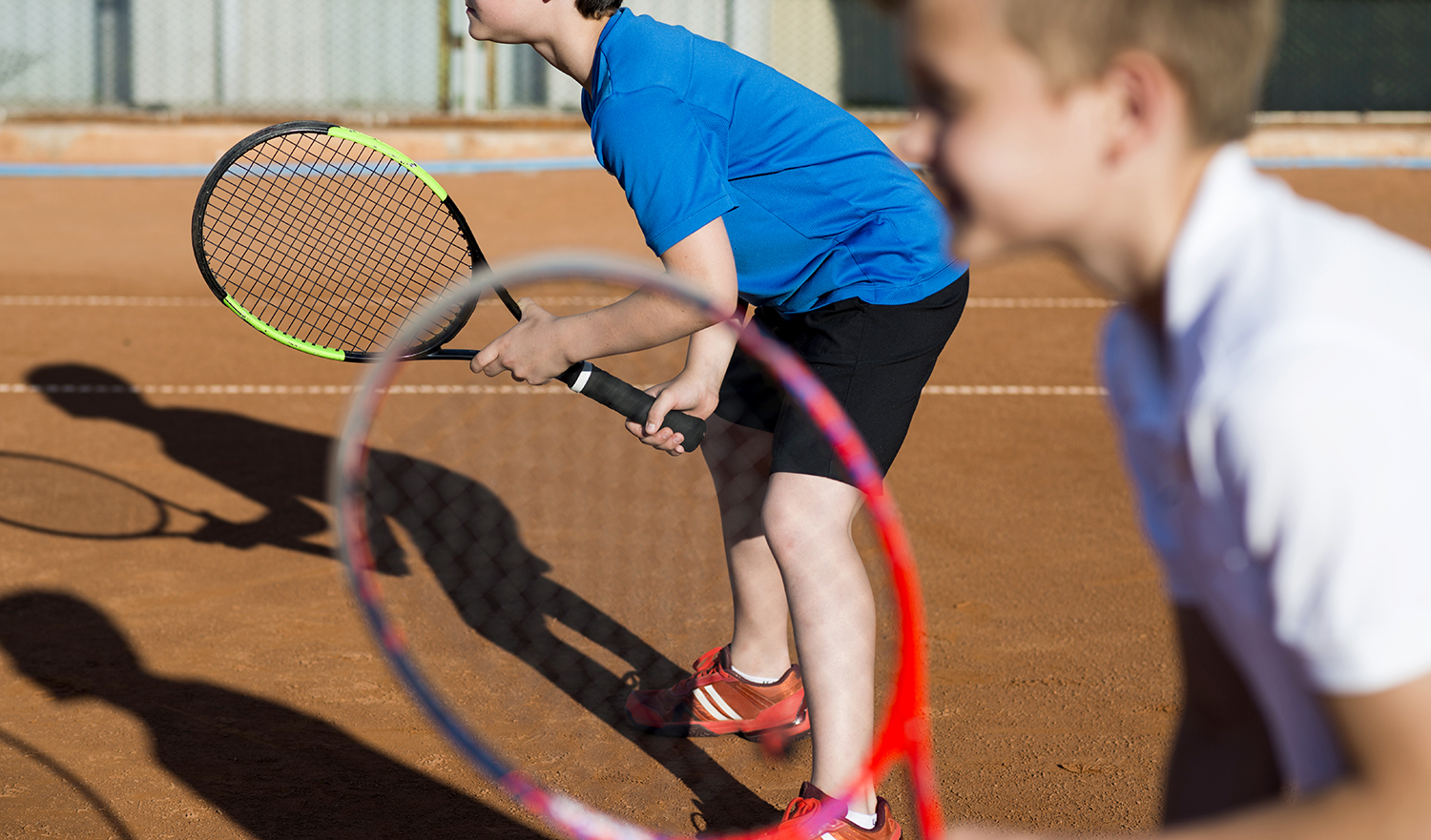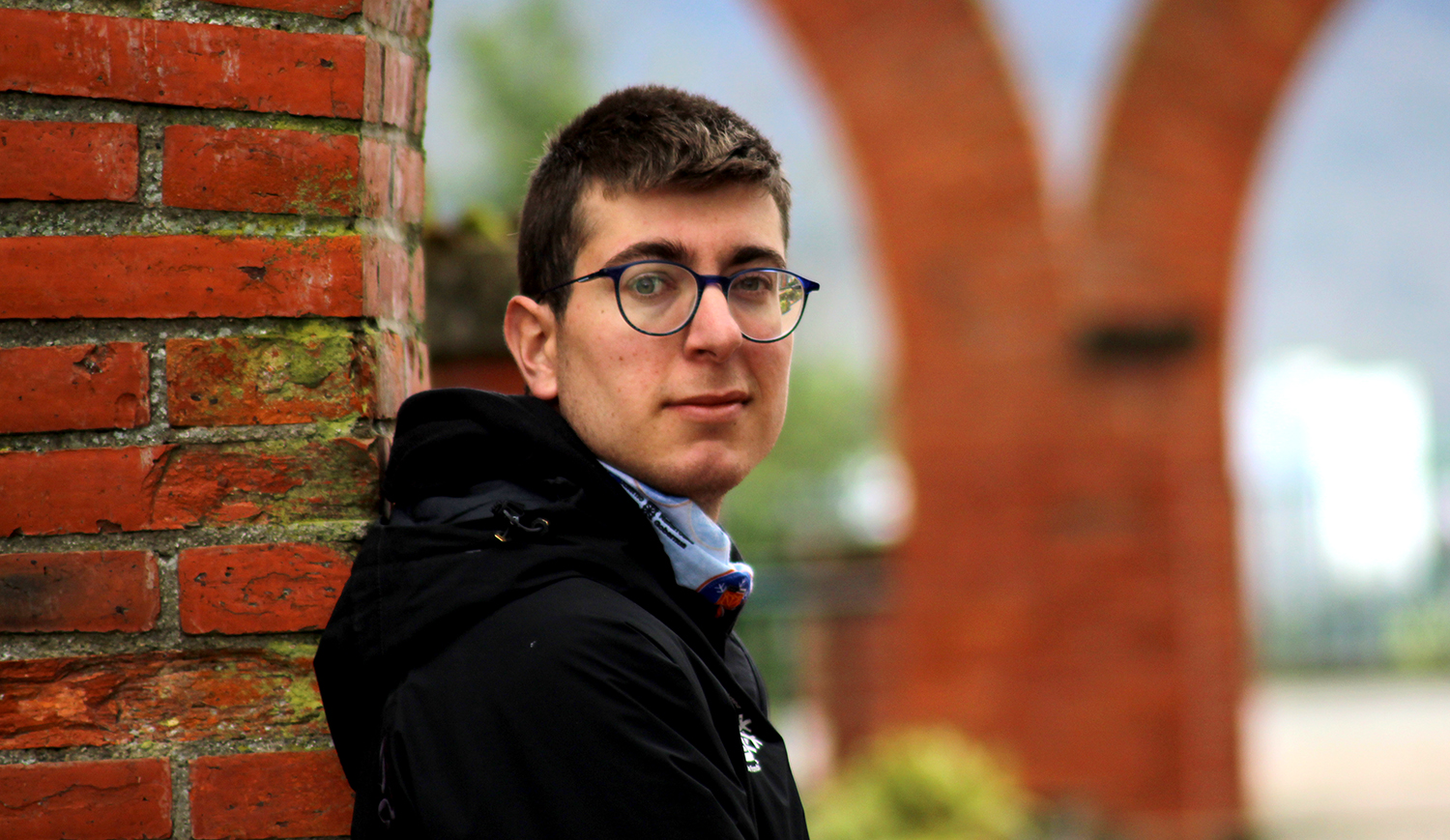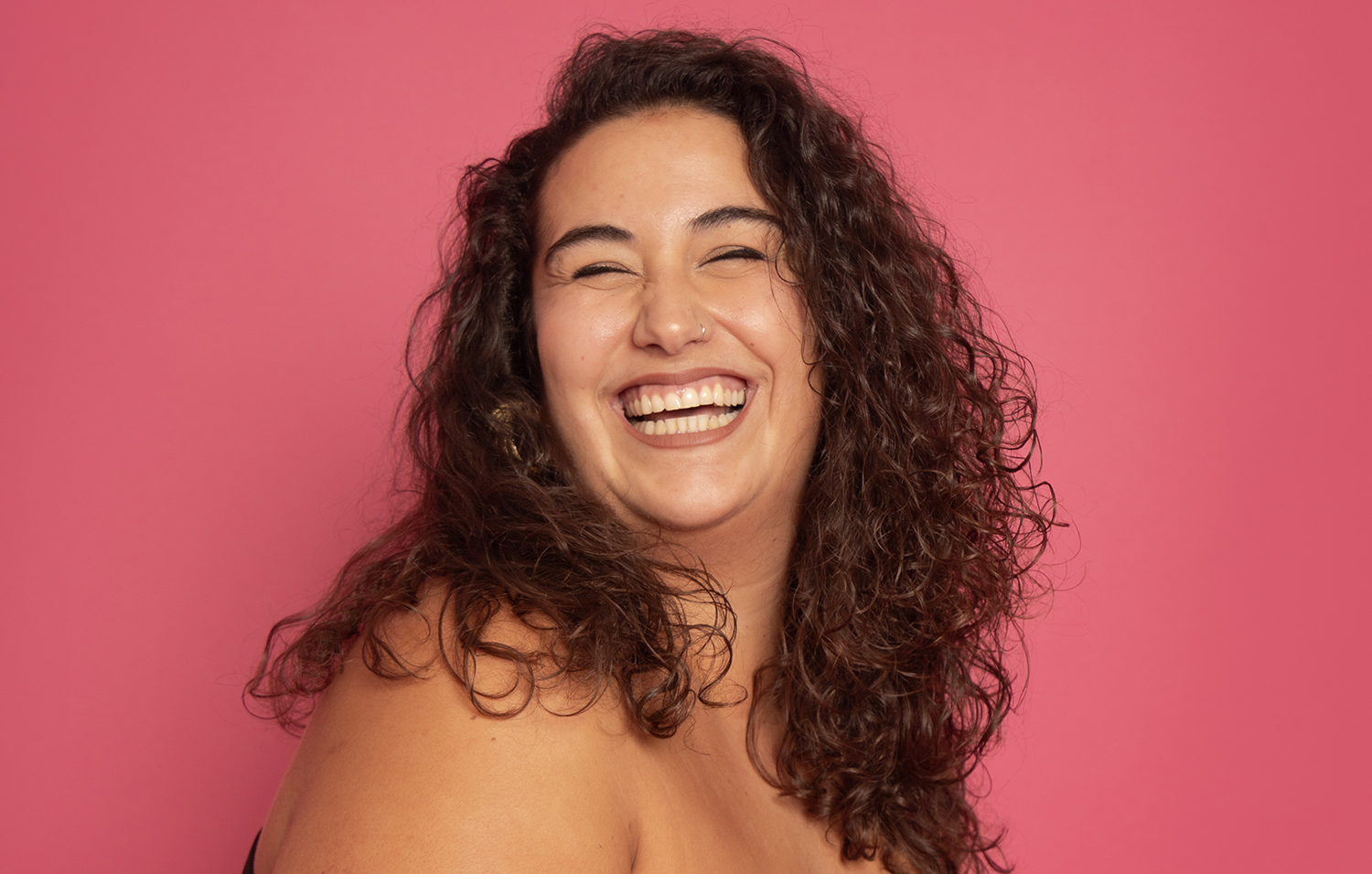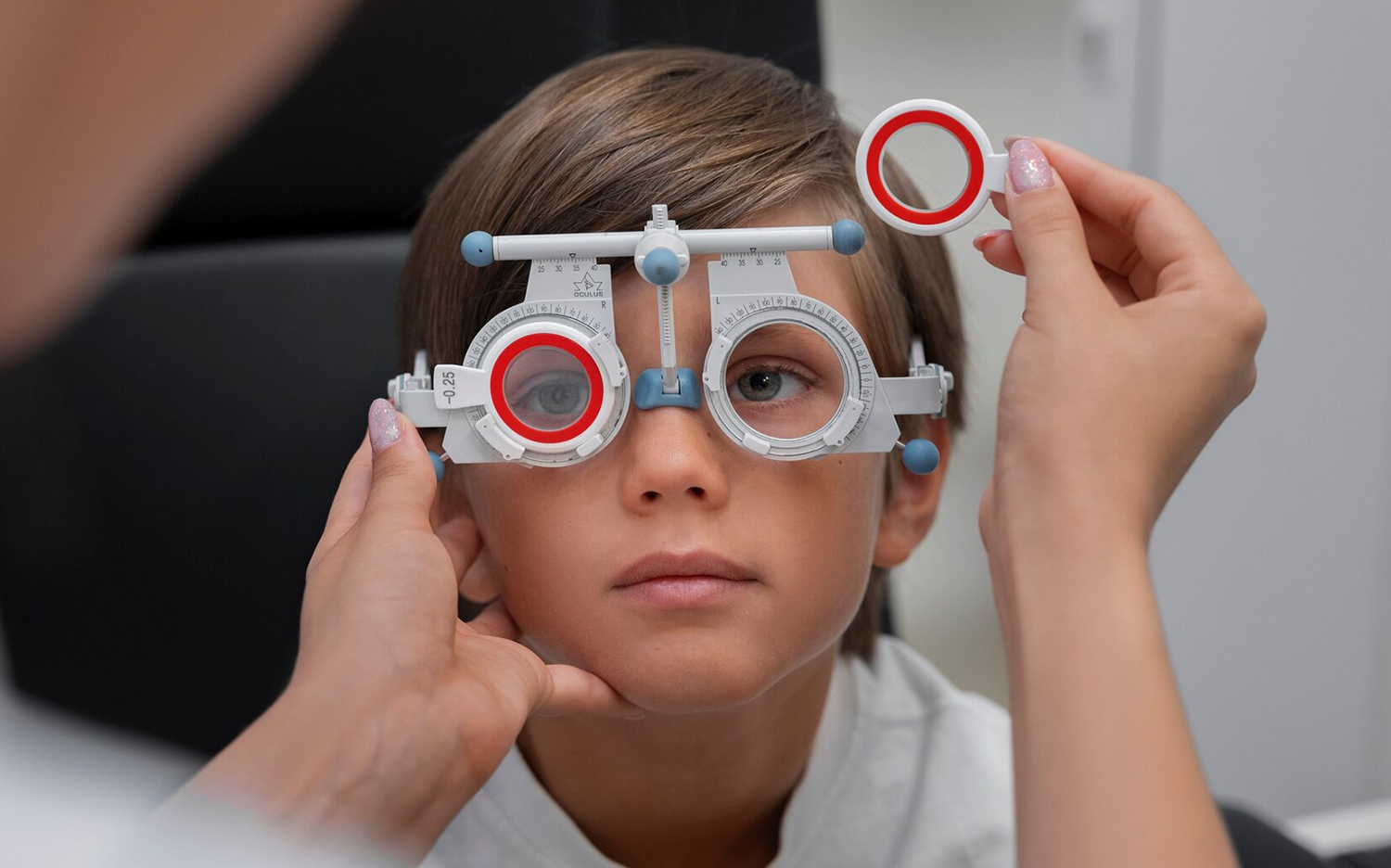Refining a valuable pedagogical tool
- At Musikene schools they only offer a small session a week, and the main function they are often given is to organize the show for parents on specific dates. Yes, it is still a “comfortable” subject, of second grade, and yet, what pedagogical performance can be obtained in the Music sessions.
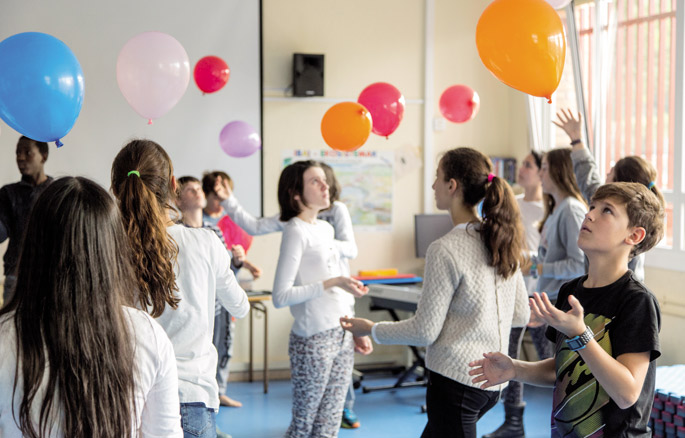
Boys and girls who have never sung are more than they can imagine, when they start school at the age of 2-3. This is what the Music teachers interviewed say, “and that’s very sad.” Teachers have told us that it is up to them to open the doors to musical life and to lay the first bases for interiorizing the musical culture, since music is an essential field in compulsory education: “Because creativity and expression work – they have argued us – because it helps to eliminate fears, shame and complexes, because it touches the sensitivity of the person, because we have something very present in our environment and we have to know how to read music, because it has the ability to awaken physically, physiologically, psychologically, emotionally, intellectually… In short, because working music is enriching for people and is integral to education and development.”
That boys and girls, fathers and mothers, listen to more music at home, sing more, playing with music and going to concerts: “As far as possible, consume beyond loudspeakers in formats of direct culture and in formats as varied as possible”
The Primary Education curriculum requires knowing how to listen to music, knowing minimal historical notions related to the sector, learning authors and instruments related to the Basque culture... That the objectives are broad and subjective, and that the way to reach them is left free, that according to the professor the differences work more. This has been told to us by the Music teachers of the region who meet weekly in the Berritzegune of Irun. Sometimes they feel lonely in their centers, they miss teamwork, and for that they get well with weekly meetings, to share what each one does. Leire Ormazabal, Edurne Soroa, Maribi Mariskal, Leire Otaegi, Arantxa Lasalde have had the opportunity to chat with them, and have also seen the good face of the flexible resume: while other subjects are very closed and rigid, attached to the textbook, Music Hour allows for freer, open and creative learning teaching.
Everyone is clear about the worst of the lesson: it is given a little time. In general, students only have one hour or less per week in Elementary and High School, and that interval is not enough to work the song, the use of instruments, auditions, rhythm, body expression… “In addition, taking into account the consumption of music in society from the media and from the rest, education has to balance all that and it is a huge job. If we had another musical culture, the school's job would be to feed it, but it's the opposite, and listening to music from Romanticism suddenly in class is a clash for the teenager. You have to work the cultured music from different angles, going back in history, putting the current, the Basque, what students like… And you have to listen to music, Chopin or Leon Bilbao or Charlie Parker… Because if not many will never hear it,” says music professor Beñat Ralla.
In the absence of time, Musika has to devote part of the matter to preparing the performance of Christmas, Basque Day, end of the year… Although it can be useful to work things like the heritage of the people around Santa Águeda, these celebrations that remain at the expense of the lesson greatly condition the class, and there is a great possibility that some aspects of the curriculum are marginalized.
It also lacks measures to ensure professionalism: in current Magisterium studies it may happen that someone who has not had contact with music will teach music for three years, which generates mistrust because “the system allows teachers who are going to be mere intermediaries, who will only give to play. The importance attached to artistic education in general is a reflection of the scarce relevance”.
Active hearing, technology, body percussion and direct

example, computer musicgrams are widely used (sheet music
with images or that form a story).
As we said, the Music subject is in the hands of the teacher's motivation and involvement, and the people interviewed have a lot of them. In recent years the attendees have told us that the methodology has been developed, that in the sessions the ludic aspect is very present and that the participation of the students has become very important. “For example, we often listen actively: the students who at one time went through the game and listened to music, now have a more active role, when we listen we are working something else, and with body, or with some instrument, singing, painting on a paper, interpreting… Boys and girls mark the activity, improvisation is the key, because we are changing and adapting the initial intention according to the group. Each group is different and we work a lot on teamwork, interaction, as if we were an orchestra.” One day they will perform a corporal percussion, for example, preparing rhythmic choreographies through the body and organizing with others to work coordination, hearing, control… Or they will go out to the street, outdoors, changing and reanimating the group dynamics.
The teachers have also told us that they are very useful sessions to deal with the personal complexes and the relationships between the students, and that precisely those who have the most difficulties to express themselves and open themselves to music are those who need it the most, “but you have to know how to manage that: if you see that it gives a lot of shame, you not only get to play the flute, but you can put it in three, do not show it, or it will encourage you less importantly…”.
The evolution of technological resources has had an extraordinary impact over the years. Computer musicgrams, for example, are widely used (sheet music with images, or that form a story) and the Internet offers many possibilities, such as music creation programs by the students themselves. Due to the shortage of materials in Basque, the teachers gathered at the Berritzegune have told us that they have created content in Basque for the Internet, such as wix or interactive books on Basque musical instruments and voice classification. El Ralla warns us that the excessive use of technology is dangerous, “because music is something alive and allows us to do it live; the student also perceives it, seduces it. The teacher gains a lot of credibility in front of the students, showing that he is a musician.” The direct is also important for the teachers of the region of Bidasoa, so when working the classification of the voices will take a quartet (low, tenor, soprano, contralto), so that they can hear singing, or will take the alboka and take it to school so that the students can play and listen. They have stressed the richness of live performances and the importance of going to didactic concerts, weeks of music, etc.
The key is to grow the ear, according to the musician Joseba Tapia. On the path of repetition and testing, he defends a methodology for musical education that encourages listening when working. From this point of departure, he is in favor of giving autonomy to the student, since the ear itself leads the child to deepen and learn music on his/her own initiative, without the need to join the score.
Rhythmic dalcroze, the body feels the music
Beñat Ralla, music teacher: “At the age of 10, there are people who, due to embarrassment or lack of autonomy, cannot walk. They set a rhythm and are not able to walk following the music, how am I going to start explaining to him what special rhythm I don’t know, which doesn’t have the most basic?”
Dalcroze's rhythmic is a reflection of the interesting possibilities that exist to teach music. Beñat Ralla studied this methodology in Geneva, and it is one of the few taught in the schools of Euskal Herria, although they have been applying it in many other countries for decades. It is about merging music and movement, the body becomes a central element and depending on the influence of music the body has to perform actions, managing the space, managing complementary elements (balls, rings, fulares, pans…) and collaborating with others. The goal is to leave tables and chairs behind, occupy a large space and animate music through the body, internalize and materialize in some way our bodies in a dynamic and playful way.
And how do you do that? The teacher will create live music, playing the piano, and will improvise it depending on the musical element he wants to work (rhythmic cells, tones, tempos, pianos and fortes…) and the participation of the students. The boy or girl will start walking and adapt the step to the music played by the teacher, giving a smooth rhythm, clenching, stopping in the silences… or acquiring three values (black, white, cork) to work the rhythm and assign each one a function: walking forward, backwards, sideways; or making different combinations, with the hands and feet, with the left and right. To work the proportions, while making the black with your hands, they are drawn at once white or strollers with your legs. Music influences not only the rhythm, but also the posture of the body, and according to what you hear, the body will contract or open, imitate one or the other animal, ask “questions” and respond through the body freely, or play with space: along with musical changes, you will have to react in groups, going to one end of the room, or opening and dispersing in space, or joining together spontaneously.
After all, the Ralla explains, the traditional solfège decodes music (this is a cheek, this is a fusa…), from the beginning it is conceptual and cognitive; and in the rhythmic Dalcroze, the process is the reverse: that children and young people feel and live music before doing abstraction, then they give it meaning, but before the body has understood, it has internalized it. “In addition, it is a way to know one’s own body, limitations and possibilities, to work laterality, to harmonize our body; to manage displacement and space, and to practice global, partial (arms) and thin (fingers) psychomotor, as well as coordination, memory, creativity, improvisation capacity…”.
He explained that young children tend to walk one after the other or circle, and that the last course, after three months of work, each 4-5 year old child managed to assume his/her own trajectory, “and that is a great thing for the autonomy of the students. Since the first day everyone was half ashamed of being in a circle, seeing the students themselves and not following the leader is a musical achievement for integral development.” The way to walk well is to put the body in harmony and remove many fears from above. “You have to accept your way of being and walking, and you realize that at the age of 10 there are people who, out of shame or lack of autonomy, can’t walk. I set a basic rhythm and they're not able to walk following the music, how am I going to start explaining the rhythm I don't know what special the most basic doesn't have? At the age of 4 and 12, sometimes I have to work the same things with the two, because it has not become strong before. That’s why Dalcroz has such a rich vision.”
Before finishing today’s class, the interviewees have also given us the homework: that children at home listen to more music, sing more, playing with music and attending concerts: “As far as possible, consume beyond loudspeakers in formats of direct culture and as varied as possible.”
Musikaz nazkatuta bukatu duen jendea denok ezagutzen dugu, musika irakaskuntzarekin izandako harreman txarragatik. Ume batentzat musikak gozamena izan beharko lukeela eta ez sufrimendua, eta horretan hobetzen ari direla dio Aritz Alustizak, trikiti irakasle Bergarako musika eskolan. Musika eskoletako irakaskuntza trantsizio fasean ikusten du: “Lehen musika matematika bailitzan ematen zen, eta orain metodologia berriak probatzen ari gara, eduki ezberdinak. Baina ez zaio ematen behar bezalako inportantzia sormena lantzeari”. Horregatik, berak sormena lantzeko ariketak egiten ditu bere klaseetan, ikasleekin batera gauza berriak sortzen dituzte, irudimenarekin eta jolasarekin jokatzen du, “ez dadila izan ‘hemen duzu partitura eta jo’”. Teknologia ere asko erabiltzen du, gaur egun abesti bat tonuz aldatu dezakezulako klik bakarrarekin, eta ikaslea grabatu, edo basea jarri eta horren gainetik ikasleak eta irakasleak trikitia jo, “eta hori asko gustatzen zaie”. Haur bakoitza ezberdina da, interes ezberdinak ditu, eta inprobisazioa oso presente dago klasean: “Beldurrik gabe inprobisatu behar da gainera; nire pedagogia nagusia horixe da, probatu, probatu eta probatu”.
Garbi du Alustizak: kultura musikala barneratzea da garrantzitsuena, eta horretarako, ikasleen musika heziketa ezin da klaseko lau paretetara mugatu, “hori baino garrantzitsuagoa da kontzertuak entzutera joatea, musikariak eta euren esperientziak aurrez aurre ezagutzea, musikaz gozatzea”. Etxean ere asko egin daitekeela, alegia.
Kontserbatorioetan ere, aldatu egin da plangintza eta batez ere lengoaia musikalari eragin dio (solfeo zenari), bost urtetik hamarrera pasa da, didaktikoagoa da, curriculumak berak beste era bateko ikasgaiak eskaintzen ditu… baina kontserbatorioak bere baitan duen eginkizuna profesionalizazioranzko bidea bermatzea dela eta horrek gutxieneko batzuk exijitu beharra dakarrela ere gogoratu digu Itziar Beitia piano irakasleak, hezkuntza formalago bat. “Beste gauza bat da ikasgelan zer gertatzen den, irakasle bakoitzak bere metodologiak, moduak eta pedagogia dauzkalako, eta iruditzen zait ez dela lehen bezain zurruna, gaur egun beste estrategia eta erreminta batzuk ditugula eskura”. Pianoko klaseetan, Beitiari gustatzen zaio teknika eta zehaztasuna lantzea, konpromisoa eta ikasketekiko erantzukizuna eskatzea ikasleei, baina alde espresiboari ere garrantzia ematen dio, emozionalki eta musikalki bibentziala den ekarpena egin nahi dio ikasleari, musikarekiko zaletasuna garatu dezan. “Ikaslearen araberakoa izaten da saioa, errepertorioa aukeratzeko garaian, harekin hitz egiterakoan, ikaslearen egoera pertsonala ere kontuan hartuz”. Musikak denbora eta konpromiso aldetik lan pertsonal handia eskatzen du, konstantzia, eta beti ez da erraza, dio Beitiak: “Segituan sumatzen duzu zein ikasle datorren gustura eta zein gurasoen nahiak derrigortuta. Baina batzuetan ere gertatzen da eskolak hartzen hastea oso ondo jakin gabe atsegin duten, eta ezagutu eta kontrolatu ahala pixkanaka gero eta gehiago gustatzea. Motibazioak zerikusi handia du bakoitzak lortzen dituen aurrerapenekin, eta gauza txikiak lortzea motibatzeko modu ona da. Guk ere erronka txikiak jartzen dizkiegu, gainditu ditzaten eta gustura senti daitezen. Gaur egun ohituta gaude emaitza azkarretara, jakia mikrouhinean sartu eta bost minututan jan ahal izatera, eta musika ikasketek beste tempo bat dute, beste konstantzia bat, hortik erronka txikien inportantzia, epe luzera planteatutako helburuetara ailegatzeko”.

berriak probatzen ari gara, eduki ezberdinak. Baina ez zaio behar bezalako inportantzia ematen sormena lantzeari".
Many Basque feminists have been disappointed to learn that writer Chimamanda Ngozi Adichie has externalized pregnancy, meaning that a surrogate has fertilized her baby for money.Adichie is the author of the essay We should all be feminists, among others. They have ignored the... [+]
Indartsua, irribarretsua eta oso langilea. Helburu pila bat ditu esku artean, eta ideia bat okurritzen zaionean buru-belarri aritzen da horretan. Horiek dira Ainhoa Jungitu (Urduña, Bizkaia, 1998) deskribatzen duten zenbait ezaugarri. 2023an esklerosi anizkoitza... [+]
Orain arte desgaituak ez diren pertsonekin lehiatu da Uharteko Ipar Eski Taldeko Eneko Leyun eskiatzailea (Iruñea, 1998). 2024-2025 denboraldian, lehenengo aldiz parte hartu du Adimen Urritasuna duten Pertsonentzako Iraupeneko Eskiko Espainiako Txapelketan. Urrezko... [+]
Pertsona lodiek lodiak izateagatik bizi izan duten eta bizi duten indarkeriaren inguruan teorizatzeko espazio bat sortzea du helburu ‘Nadie hablará de nosotras’ podcastak. Cristina de Tena (Madril, 1990) eta Lara Gil (Fuenlabrada, Espainia, 1988) aktibista... [+]
Gazteagotan baino lotsa handiagoa dauka, baina horrek ez dio saltsa askotan ibiltzeko gogoa kentzen Leire Zabalza Santestebani (Iruñea, 1990). Beste gauza askoren artean, Motxila 21 musika taldeko kidea da. Nabarmendu du musika gauza asko aldarrikatzeko bide izan... [+]
Miopia gero eta gehiago eta gero eta lehenago ari da garatzen, eta horren arriskua da dioptriak gehitzen joatea eta helduaroan begiari lotutako hainbat gaitz izateko aukerak dezente handitzea. “Eguzki-argia jasotzea inportantea da, eta denbora asko ez igarotzea oso gertu... [+]
Istorioetan murgildu eta munduak eraikitzea gustuko du Iosune de Goñi García argazkilari, idazle eta itzultzaileak (Burlata, Nafarroa, 1993). Zaurietatik, gorputzetik eta minetik sortzen du askotan. Desgaitua eta gaixo kronikoa da, eta artea erabiltzen du... [+]
This wedge that the announcement on the radio Euskadi to replace the bathtub with a shower encourages the commencement of the works in the bathroom of the house. A simple work, a small investiture and a great change are announced. There has been a shift in toilet trends and a... [+]









